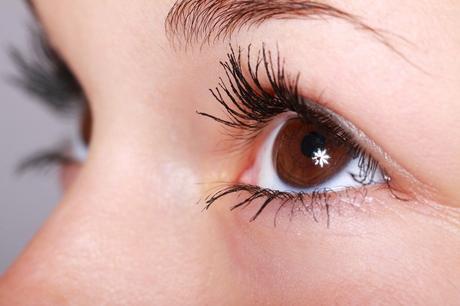Increasing air pollution is one of the leading causes of ophthalmic eye irritations. It is not at all uncommon for people suffering from dry eyes after a hard day’s work. And subsequently, a majority of dry-eyes patients seek over-the-counter eye drops.
However, this could be fairly harmful, if wrong eye drops are used. For instance, if eye drops meant for allergies are used to treat dry eyes, it might worsen the symptoms.
So, how do you find the right eye drops? Perhaps, familiarizing yourself with the types of eye drops available in the market might help.
Three Types of Eye Drop Solutions

To broadly classify eye drops, there are three primary categories, namely:
– Artificial Tears
– Allergy Drops
– Anti-Redness Drops
Most of the eye drops available in the market are either one of these or a combination of these.
Let us understand how these differ.
Artificial Tears
The most common type of eye drops is artificial tears. These are also the go-to eye drops, particularly if you’re suffering from dry eyes.
The main objective of these drops, as the name suggests, is to mimic tears in the eyes. Most of the artificial tears consist of lubricants and sodium hyaluronate powder to keep the surface of the eyes moist. There are other ingredients too, such as electrolytes, guar gum, and preservatives to prevent bacterial growth on the eye drop container.
However, it is noteworthy that the generic composition does not suit well to all eyes. Irritations are normal during initial usage. But, if it persists, it is suggested that you consult with a medical professional.
Allergy Drops
Another common reason for eye irritation could be pet dander, pollen, and molds. Notably, these agents can easily lead to eye allergies, which often appears with watery eyes.
Perhaps, these are certainly not the eye drops you should look for when you have dry eyes unless it is a result of some allergy.
To identify allergy drops, you should look for antihistamines in eye drop ingredients. These compounds usually inhibit histamine release and relieve the symptoms like runny nose and itchy eyes.
Anti-Redness Drops
More commonly known as decongestant drops, these eye drops are primarily used to cure the redness of the eyes. One of the key points to keep in mind when buying an anti-redness eye drop is to limit its usage. Studies reveal that prolonged usage of decongestant drops can worsen the redness in the eyes.
Perhaps, they are also not the ones that you should go for when you have dry eyes.
The key ingredient in decongestant drops is known as a vasoconstrictor. It shrinks the blood vessels in and around the eyes, thus reducing the blood flow to the eyes. This is also the reason why they should be used with precaution.
Conclusion
Now that you know what the different types of eye drops are and what are their uses, it will be quite easier for you to buy one for dry eyes. Evidently, your priority should be buying artificial tears. However, if you believe you have other symptoms as well, you should better consult with a medical professional.

